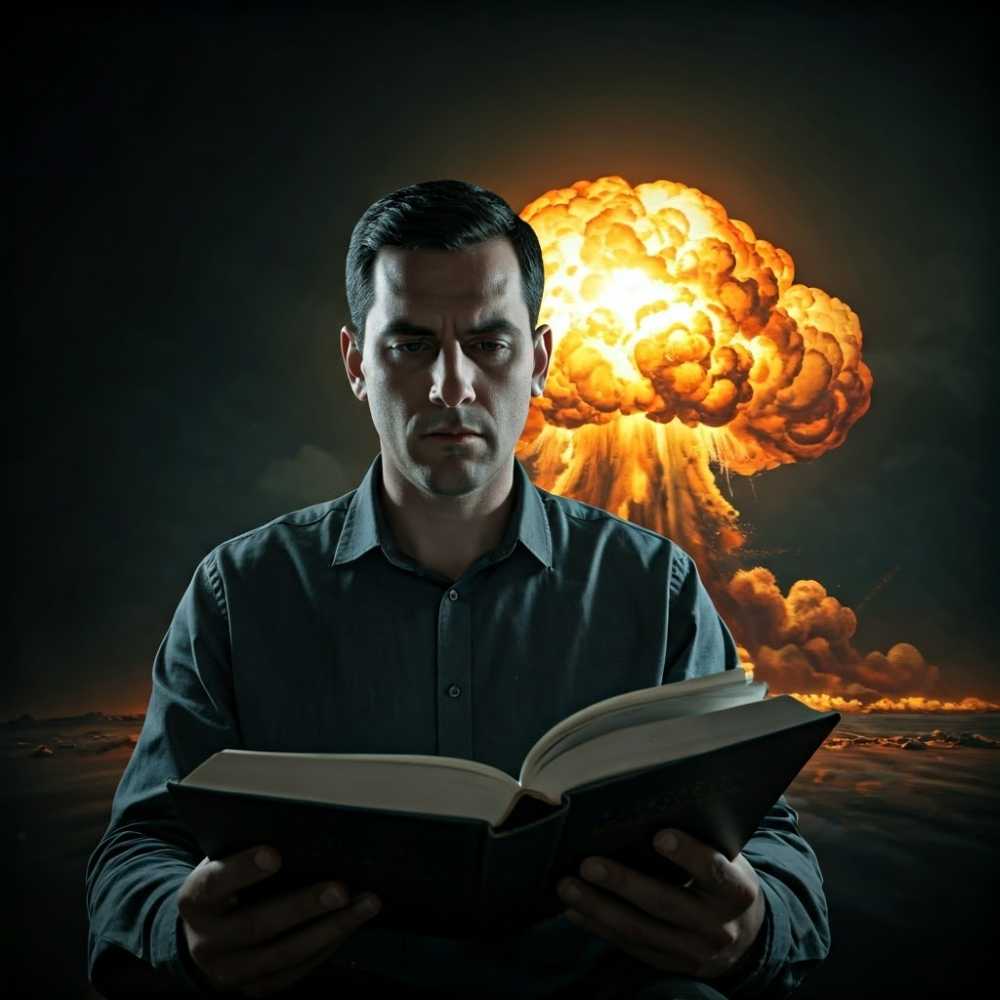How a Forgotten Bomb Shook a Town Two Decades Later
A family tale of a bomb from the Mexican Revolution, brought home as a souvenir, used as an anvil and toy for 21 years. In 1935, it finally exploded, killing three people in Guerrero, Coahuila. A tragic story of war's long-lasting, unexpected consequences.

The first time I heard about the bomb, it was nestled in a story shared over coffee in a small kitchen in Eagle Pass, Texas. The storyteller? My Aunt Oralia, a spry woman with a mouth as lively as her memory. Sitting across from her, she sipped her steaming Folgers with a kind of reverence, preparing, as if she knew her words would go down in family lore. “You know?” she said, in that way she does before something big. “One day, I was walking home from school when the bomb exploded.”
Now, I’ll admit, that got my attention. In our family, when someone starts talking about a bomb, you listen. I leaned in, trying not to look too eager. “What bomb?” I asked, fully expecting her to dismiss it as an exaggeration. But she didn’t. Her eyes took on this faraway look, as if she were looking straight through me and back to that day when the world rattled on its axis.




